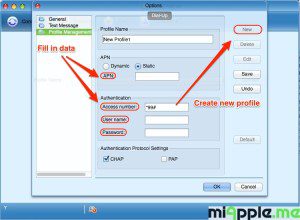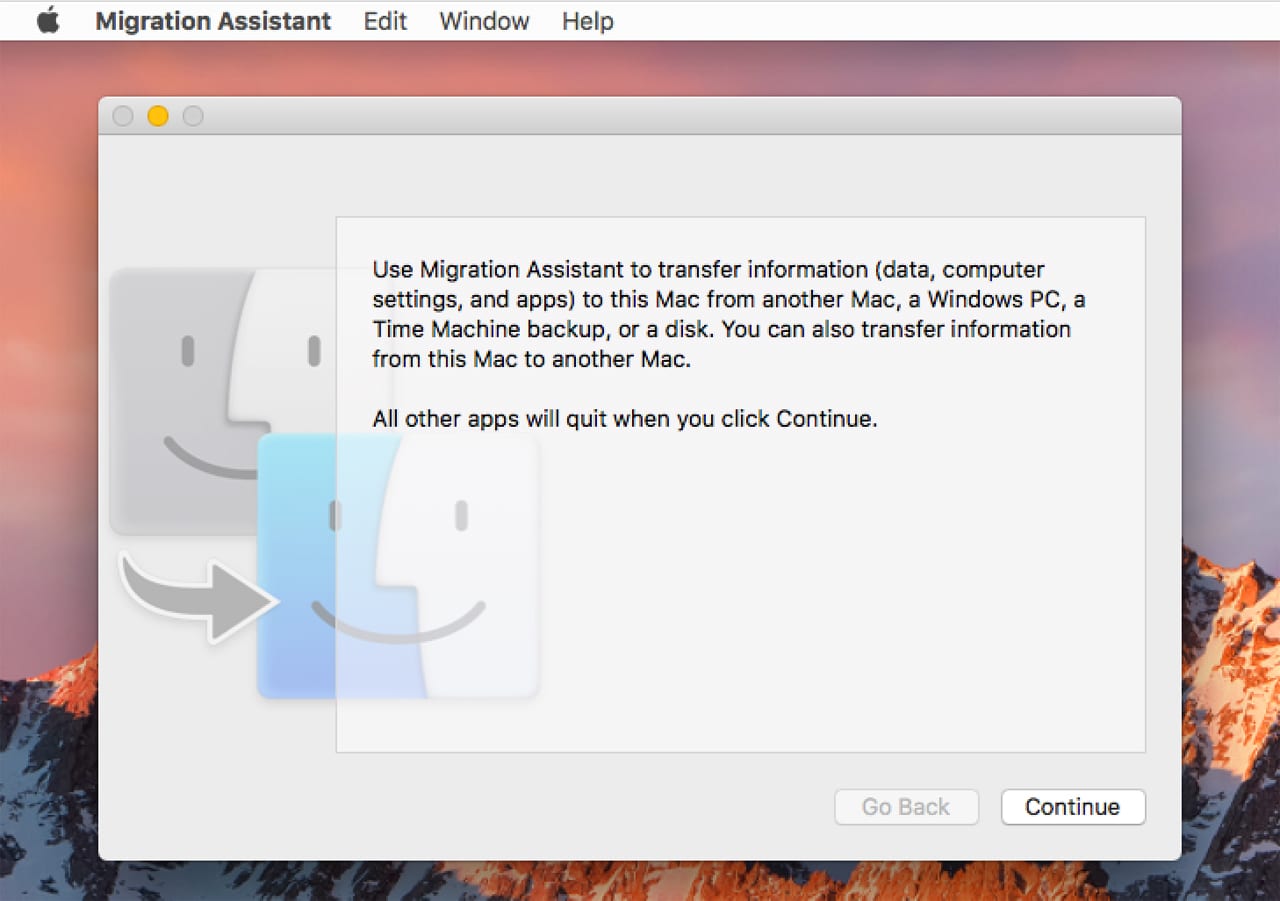New Installation Instructions And Portfile For Mac
Check out our guide for installing Python 3 on OS X. If you perform a fresh install of XCode, you will also need to add the commandline tools by running. You can do this by adding the following line at the bottom of your ~/.profile file.

Prerequisites. The installation involves running commands from the Terminal. If you don't know about the Terminal, here is a nice and light introduction:. GNU Radio applications are written primarily in the Python Programming Language. While you certainly don't need to know Python for installing GNU Radio, having at least some exposure to Python will help you understand GNU radio. Here is a good one hour video tutorial on Python:.
For downloading GNU Radio, we will be following the basic procedure from for installing GNU Radio via MacPorts. These installation instructions are geared towards the RTL-SDR receiver. These receivers can be VERY cheap (less than $40). Type in 'RTL-SDR' in, say, Amazon or Ebay and purchase one that gets good reviews. I'm using the NooElec R820T SDR&DVB-T NESDR Mini. The 'RTL' in RTL-SDR refers to the chipset, which is found in many cheap DVB-T (digital television) dongles. With the right software these dongles can be used as an SDR, since the Realtek RTL2832U allows transferring the raw I/Q samples to a host.
Procedure. Download and install first. If you don't know what X11 is, then read about it, so you understand what you are installing. Installation involves selecting your version of OS X on the MacPorts site and downloading the appropriate PKG file.
This file contains the installer scripts and compressed installation files that are used to install MacPorts onto your hard drive. Remember, MacPorts is your friend here. MacPorts is a package manager.
If you don't know what a package manager is, then check out this link to get up to speed:. After successfully installing MacPorts, open a Terminal and type: echo $PATH After typing this command, I see the result: /opt/local/bin:/opt/local/sbin:/usr/local/bin:/usr/bin:/bin:/usr/sbin:/sbin:/opt/X11/bin:/usr/texbin Verify that /opt/local/bin:/opt/local/sbin is in your PATH (like that above). If you don't see /opt/local/bin:/opt/local/sbin in your PATH, then you will have to add it manually. Because MacPorts is going to save executables in the /opt/local directory by default. When you run a command from the Terminal (i.e.

The shell), the shell looks for the executable file using the directories listed in your PATH variable as a map. For convenience, adding directories to this environment variable means you do not have to be in the directory of the executable itself, each time you run it from the Terminal. Here is a good link on the subject:. If you need to add to the path, then follow the previous link's instructions for 'Adding in a Permanent Location' with the command export PATH=/opt/local/bin:/opt/local/sbin:$PATH. You will interact with MacPorts using the Terminal. You should be able to open up a new Terminal and type: port version If you get a 'command not found' error then your path is not set correctly.
In MacPorts, the word 'port' refers to 'portfile', which is a distribution of software that can be compiled and installed using MacPorts. To see a list of available ports, type the following at the Terminal: port list Let's check out a list of ports which contain the term 'SDR' by typing the following at the Terminal: port search sdr We are going to download and install four of these ports: gnuradio, gqrx, gr-osmosdr, rtl-sdr.
Ok, let's finally install GNU Radio itself by opening the Terminal and typing the following: sudo port install gnuradio Look up 'sudo Unix' if you don't know what the sudo command does. The installation may take an hour or two to complete. Do not close the terminal until the installation is finished. Check to see if gnuradio installed correctly by typing the following in the Terminal: gnuradio-config-info -version This should display the version of GNU Radio.
New Installation Instructions And Portfile For Macbook Air
Let's add RTL-SDR support. Type the following in the Terminal: sudo port install rtl-sdr You also want the OsmoSDR RTL-SDR source block for GNU Radio Companion. To download and install this, type the following in the Terminal: sudo port install gr-osmosdr For easy audio, also install a program called Sound eXchange by typing the following in the Terminal: sudo port install sox. Finally, I recommend you install GQRX, which is a useful software defined radio receiver from. Type the following in the Terminal: sudo port install gqrx. Take a test drive! You are done (hopefully).
It's time to verify that everything is downloaded and installed correctly. At the command Terminal type: gnuradio-companion This should launch the GNR Radio Companion GUI.
In the GUI, click on the little magnifying glass icon to search for a block by name. Type 'rtl', and you should see the RTL-SDR Source available. If you see it, pat yourself on the back.
The RTL-SDR program contains many utilities. If you have a NooElec Brand RTL-SDR or some other DVB-T dongles based on the Realtek RTL2832U, then plug it into your Mac's USB port and type the following at the Terminal: rtltest -t This should indicate that a device is found, followed by some other information. If you get an error message after this, or something mentioning 'abort', don't worry about it.
The key part to this test is that a device is found. I suggest you also test out the rtlfm utility by visiting (he is the guy that wrote the utility) and follow the directions on his site. Finally, check out your shiney new GQRX SDR receiver by typing the following in the Terminal: gqrx.